Dax Filter Multiple Conditions
In Power BI and other data analysis platforms, DAX (Data Analysis Expressions) filters play a crucial role in manipulating and filtering data to extract valuable insights. DAX filters enable users to narrow down data results based on specific conditions, allowing for more detailed and precise analysis. Filtering data using multiple conditions is a common requirement in data analysis, and in this article, we will explore how to achieve this using DAX filters.
Understanding DAX Filters:
Before diving into multiple conditions, let’s understand the basics of DAX filters. In Power BI, a DAX filter allows you to specify a condition or set of conditions to limit the scope of data being considered. DAX filters can be applied at various levels, such as table, column, or measure, to refine the data set for analysis.
Applying Multiple Conditions in DAX Filters:
Filtering data using multiple conditions in DAX can be accomplished through the use of the AND and OR operators. These operators enable you to combine multiple conditions and define complex filtering logic.
Filtering Data using AND Operator:
The AND operator in DAX allows you to filter data based on multiple conditions where all conditions must be true. For example, suppose you have a sales dataset and want to filter it to show only the sales made by a specific salesperson (Condition 1) and within a particular date range (Condition 2). By combining these conditions using the AND operator, you can create a DAX filter expression that meets both criteria.
Filtering Data using OR Operator:
The OR operator, on the other hand, enables you to create DAX filters where at least one of the conditions needs to be true. Continuing with the sales dataset example, you may want to filter the data to display sales made by either the specific salesperson (Condition 1) or within a specific region (Condition 2). By utilizing the OR operator, you can create a DAX filter expression that accommodates either of the given conditions.
Using Complex DAX Filter Expression:
In some scenarios, you may need to create complex DAX filter expressions by combining multiple AND and OR operations. These complex expressions can be formulated using parentheses to define the order of evaluation. For instance, you might want to filter sales data based on specific salespeople, date ranges, and product categories. By appropriately grouping the conditions and using the necessary combination of AND and OR operators, you can build complex DAX filter expressions to meet your analysis requirements.
Handling DAX Filters with Multiple Columns:
While using multiple conditions, it is often essential to consider multiple columns. In such cases, you can work with DAX filter expressions that involve comparisons between different columns. For example, you might want to filter data where the sales price exceeds the list price or where the discount percentage is above a certain threshold. By using the appropriate column references and comparison operators, you can create precise DAX filter expressions that involve multiple columns.
Best Practices for DAX Filter Multiple Conditions:
To ensure efficient and accurate data analysis, it is essential to follow some best practices when using DAX filters with multiple conditions. Here are a few suggestions:
1. Optimize calculations: Utilize DAX calculations wisely to optimize performance. By defining calculated columns or measures to pre-calculate data based on your filtering conditions, you can significantly improve query speed.
2. Simplify expressions: When creating complex DAX filter expressions, make sure to keep them as concise and straightforward as possible. Simplifying expressions helps maintain clarity and enhances readability while avoiding unnecessary complexity.
3. Test and validate: Thoroughly test and validate your DAX filter expressions to ensure they yield the desired results. Leverage the query editor, Power BI desktop, or any other tools that facilitate testing and debugging to verify the accuracy of your filters.
4. Document and share: Document your DAX filter expressions, especially the complex ones, to ensure future maintainability and easier collaboration with other team members. This practice will also help track changes and understand the underlying logic applied in your analysis.
FAQs:
Q: Can I apply multiple filters using DAX CALCULATE?
A: Yes, DAX CALCULATE allows you to apply multiple filters simultaneously. You can combine multiple conditions by using the AND and OR operators inside the CALCULATE function to filter data based on your requirements.
Q: How can I filter rows based on a condition in Power BI?
A: In Power BI, you can filter rows based on specific conditions by utilizing DAX filter expressions. By combining multiple conditions using the AND or OR operators, you can create DAX filters that target the desired rows.
Q: How do I filter a DAX column for a specific value?
A: You can filter a DAX column for a specific value by creating a DAX filter expression that matches the desired value. This can be achieved using operators such as equal to (=), not equal to (<>), or others based on your needs.
Q: What is the DAX filter contains function used for?
A: The DAX filter contains function is used to filter data based on whether a specific string or value is contained within a column. It helps in narrowing down the data set to only include rows that contain the specified value.
Q: How do I filter a table based on multiple conditions in Power BI?
A: To filter a table based on multiple conditions in Power BI, you can utilize the FILTER function along with DAX filter expressions. By combining multiple conditions using the AND or OR operators, you can define the filtering logic for the table.
In conclusion, understanding how to use DAX filters with multiple conditions is crucial for effective data analysis in Power BI and other similar platforms. By mastering the AND and OR operators, creating complex expressions, and following best practices, you can perform in-depth analysis and extract valuable insights from your datasets.
Specifying Multiple Filter Conditions In Calculate
Keywords searched by users: dax filter multiple conditions DAX CALCULATE Multiple filters, DAX CALCULATE with filter, Power bi filter rows based on condition, DAX filter contains, Filter DAX, Table filter DAX expression, Multi filter Power BI, Filter measure Power BI
Categories: Top 68 Dax Filter Multiple Conditions
See more here: nhanvietluanvan.com
Dax Calculate Multiple Filters
Introduction:
DAX (Data Analysis Expressions) is a powerful formula language used in Power BI, Analysis Services (SSAS), and Power Pivot in Excel. It allows users to perform complex calculations and data modelling, enabling powerful insights into the data. One of the essential functions in DAX is CALCULATE, which allows us to apply filters to a dataset and perform calculations based on those filtered values. In this article, we will dive deeper into using multiple filters with the CALCULATE function, allowing you to gain more control over your data analysis.
Understanding the CALCULATE Function:
Before delving into the multiple filters aspect, it is crucial to understand the fundamentals of the CALCULATE function. CALCULATE evaluates expressions in a modified filter context, enabling users to create dynamic calculations.
The syntax of CALCULATE is as follows:
CALCULATE(
The
Using Multiple Filters:
Adding multiple filters to the CALCULATE function provides greater flexibility when analyzing data. Each filter narrows down the set of data that the expression is evaluated against, resulting in more precise calculations. Let’s explore a few scenarios where multiple filters can be advantageous.
1. Applying Multiple Filter Conditions to One Column:
Sometimes, it is necessary to apply different conditions to the same column. For example, you might want to calculate the total sales amount for a specific region and product category. With multiple filters, you can combine these conditions effortlessly, resulting in a more accurate calculation.
CALCULATE(
SUM(Sales[Amount]),
Sales[Region] = “North”,
Sales[Category] = “Electronics”
)
In this example, the expression calculates the sum of the sales amount for only the North region and the Electronics category. Any other regions or categories are excluded from the calculation.
2. Filtering Based on Multiple Columns:
In some cases, you may require filtering based on multiple columns simultaneously. It allows you to perform calculations on a subset of the data that meets specific criteria. Let’s say you want to calculate the average rating for movies released after 2010 with a rating greater than 8. You can achieve this by using multiple filters as shown below:
CALCULATE(
AVERAGE(Movies[Rating]),
Movies[Year] > 2010,
Movies[Rating] > 8
)
By specifying two conditions, only movies released after 2010 with a rating higher than 8 will be considered in the average calculation. This level of filtering enables more precise insights into your data.
3. Combining Filters with Logical Operators:
Another powerful aspect of multiple filters is the ability to combine them using logical operators such as AND and OR. This level of control allows you to define complex filter conditions that satisfy multiple criteria. For instance, let’s say you want to calculate the total sales amount for the Electronics category in either the North or South region. You can achieve this using logical operators as shown below:
CALCULATE(
SUM(Sales[Amount]),
Sales[Category] = “Electronics”,
Sales[Region] = “North” || Sales[Region] = “South”
)
In this example, the expression only includes sales amounts that fall into the Electronics category and the North or South region. By using the logical OR operator (||), we have created a combination of multiple filters to determine the desired subset of data.
FAQs about DAX CALCULATE Multiple Filters:
Q1: Can I apply a maximum or minimum filter using DAX CALCULATE?
Yes, you can apply maximum or minimum filters in DAX CALCULATE by using comparison operators such as > (greater than) or < (less than). You can use these operators in combination with other filters to create more complex conditions. Q2: Is it possible to nest multiple filters within the CALCULATE function? Yes, you can nest multiple filters within the CALCULATE function. By doing so, you can create deeply nested conditions that filter the data based on multiple columns or combinations of columns. Q3: Do multiple filters impact performance in DAX calculations? Multiple filters can impact performance depending on the size of the dataset and the complexity of the calculations. While they provide more precise results, it is important to consider the tradeoff between accuracy and performance when applying multiple filters. Q4: Can I use variables within multiple filters in DAX CALCULATE? Yes, you can use variables within multiple filters in DAX CALCULATE. Variables are a useful feature in DAX, allowing you to store intermediate results and create more readable and maintainable expressions. Conclusion: DAX CALCULATE with multiple filters provides a powerful tool for data analysis, allowing users to perform complex calculations based on specific conditions. By leveraging multiple filters, you can gain greater control over your data analysis, producing more accurate and insightful results. Whether you need to apply different conditions to the same column, filter based on multiple columns, or combine filters using logical operators, DAX CALCULATE has you covered. Experiment with multiple filters in your analyses, and unlock the true potential of your data.
Dax Calculate With Filter
In Power BI, DAX (Data Analysis Expressions) is a powerful formula language that allows users to create complex calculations and business logic within their data models. One of the key functions in DAX is CALCULATE, which enables advanced filtering to perform complex calculations on specific subsets of data. In this article, we will dive into the intricacies of DAX CALCULATE with Filter and explore its potential applications in Power BI.
Before we delve into the details, let’s first understand the basic functionality of the CALCULATE function. CALCULATE allows users to modify the context in which a calculation is performed, enabling more precise calculations with specific filters. It takes two parameters: an expression and one or more filter conditions. The expression defines the calculation to be performed, while the filter conditions determine the subset of data that the calculation should apply to.
Here’s a simple example to illustrate how CALCULATE works. Imagine we have a sales dataset with columns like ‘Date’, ‘Product’, ‘Revenue’, and ‘Region’. We want to calculate the total revenue for a specific region. Using CALCULATE, we can write a DAX formula like this:
“`
Total Revenue = CALCULATE(SUM(Revenue), Region = “North”)
“`
In this example, the expression `SUM(Revenue)` calculates the sum of the ‘Revenue’ column, while the filter condition `Region = “North”` limits the calculation to only include data from the North region. The result will be the total revenue for the North region.
Now, let’s dig deeper into the filtering capabilities of DAX CALCULATE. The filter conditions in CALCULATE can take different forms, including logical expressions, comparison operators, and other DAX functions. This allows users to specify intricate filtering criteria to calculate data based on specific conditions.
A key aspect of DAX CALCULATE is its ability to dynamically modify the filter context. By combining multiple filter conditions, users can create complex calculations that adapt to different scenarios. For example, we can add another filter condition to our previous example to calculate the total revenue only for the North region in a specific year:
“`
Total Revenue 2022 = CALCULATE(SUM(Revenue), Region = “North”, Year(Date) = 2022)
“`
In this updated formula, the additional filter condition `Year(Date) = 2022` restricts the calculation to only consider data from the year 2022. This allows us to calculate the total revenue for the North region in that specific year.
Now that we’ve explored the basic functionalities of DAX CALCULATE with Filter, let’s address some common questions and clarifications:
FAQs:
Q: Can I use multiple filter conditions with different operators in CALCULATE?
A: Yes, CALCULATE allows users to combine multiple filter conditions using logical operators such as AND and OR. For example, you can write a formula like `CALCULATE(SUM(Revenue), Region = “North” && Year(Date) >= 2020)` to calculate the total revenue for the North region from the year 2020 onwards.
Q: Can I use CALCULATE to filter data based on multiple columns simultaneously?
A: Absolutely. You can add multiple filter conditions to CALCULATE, each targeting different columns. For instance, `CALCULATE(SUM(Revenue), Region = “North”, Product = “Product A”)` calculates the total revenue for the North region and Product A.
Q: Are there any limitations or performance considerations when using CALCULATE with Filter?
A: While CALCULATE is a powerful filtering function, using it excessively or with complex filter conditions can have an impact on performance. It’s important to optimize your formulas and consider the size of your dataset to ensure efficient calculations. Additionally, leveraging indexing and optimizing data models can further enhance query performance.
Q: Can I nest CALCULATE functions within each other?
A: Yes, you can nest CALCULATE functions to create even more intricate calculations. This allows you to modify the filter context at different levels, enabling complex calculations based on multiple subsets of data.
In summary, DAX CALCULATE with Filter empowers Power BI users to perform advanced calculations on specific subsets of data. With its powerful filtering capabilities and dynamic context modifications, users can create complex formulas and gain deeper insights into their datasets. By harnessing the full potential of DAX CALCULATE, analysts can unlock new possibilities in data analysis and visualization in Power BI.
Images related to the topic dax filter multiple conditions

Found 11 images related to dax filter multiple conditions theme
![Power BI DAX Filter If [With Real Examples] - SPGuides Power Bi Dax Filter If [With Real Examples] - Spguides](https://i0.wp.com/www.spguides.com/wp-content/uploads/2022/10/Power-BI-DAX-filter-multiple-conditions.png)
![Power BI Dax Filter [With 15+ Examples] - SPGuides Power Bi Dax Filter [With 15+ Examples] - Spguides](https://i0.wp.com/www.spguides.com/wp-content/uploads/2022/10/Power-BI-DAX-filter-multiple-values-1024x358.png)

![Power BI DAX Filter If [With Real Examples] - SPGuides Power Bi Dax Filter If [With Real Examples] - Spguides](https://i0.wp.com/www.spguides.com/wp-content/uploads/2022/11/Power-BI-DAX-filter-true-false-1.png)



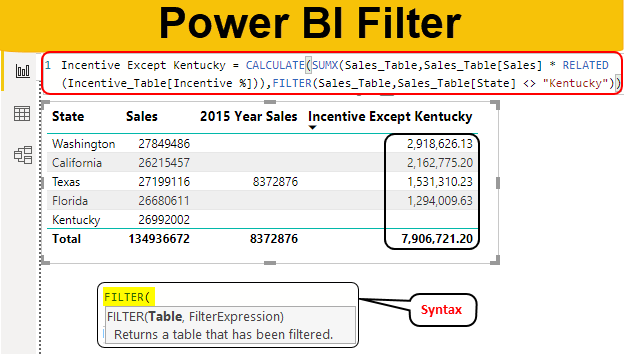
![Power BI Dax Filter [With 15+ Examples] - SPGuides Power Bi Dax Filter [With 15+ Examples] - Spguides](https://i0.wp.com/www.spguides.com/wp-content/uploads/2022/10/Power-BI-DAX-filter-string-contains.png)
![How to Specify Multiple Filter Conditions in CALCULATE [Power BI] - YouTube How To Specify Multiple Filter Conditions In Calculate [Power Bi] - Youtube](https://i.ytimg.com/vi/pbdylBP5Rfw/mqdefault.jpg)




![Power BI Dax Filter [With 15+ Examples] - SPGuides Power Bi Dax Filter [With 15+ Examples] - Spguides](https://i0.wp.com/www.spguides.com/wp-content/uploads/2022/10/Power-BI-DAX-filter-based-on-the-measure.png)


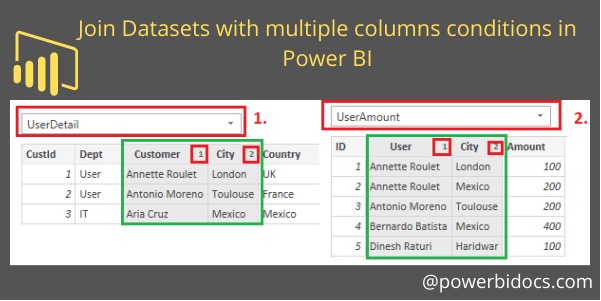
![Power BI Dax Filter [With 15+ Examples] - SPGuides Power Bi Dax Filter [With 15+ Examples] - Spguides](https://i0.wp.com/www.spguides.com/wp-content/uploads/2022/10/Power-BI-DAX-filter-based-on-the-slicer-example.png)









![Power BI DAX Filter If [With Real Examples] - SPGuides Power Bi Dax Filter If [With Real Examples] - Spguides](https://i0.wp.com/www.spguides.com/wp-content/uploads/2022/11/Power-BI-DAX-filter-true-false-example-1.png)
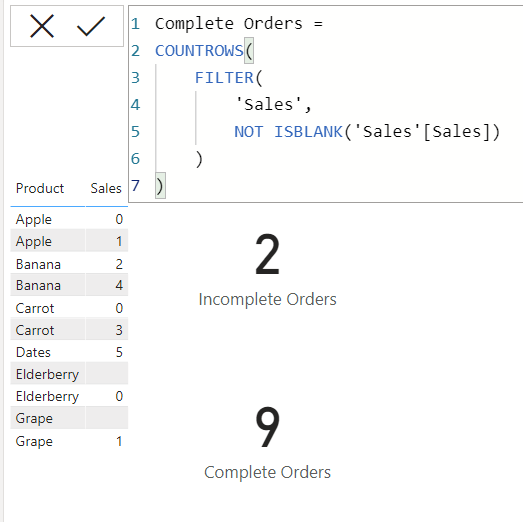


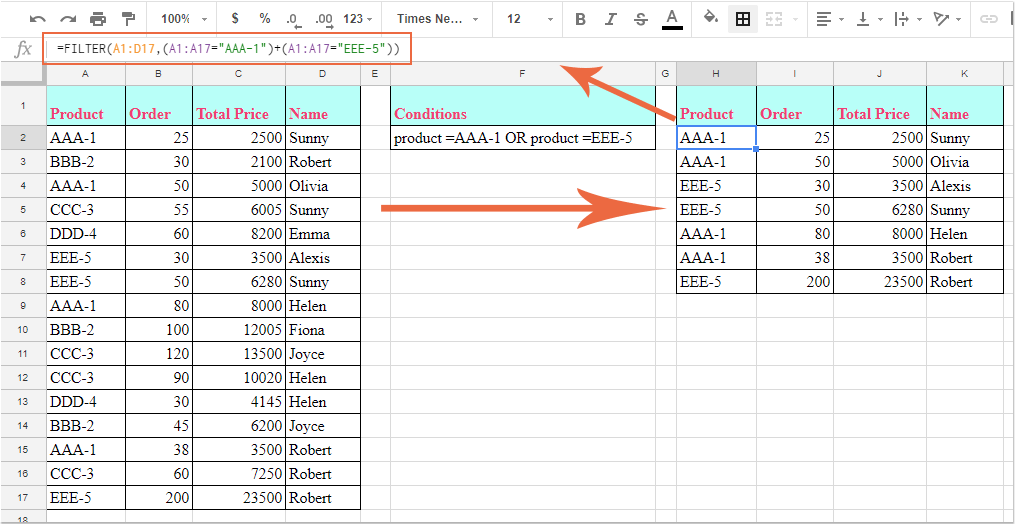

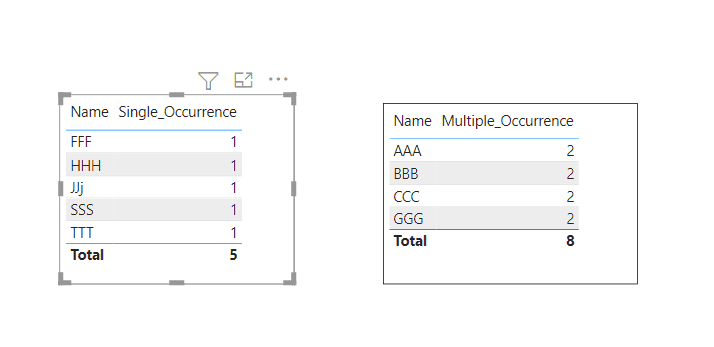





![Power BI DAX Filter Table [With Real Examples] - SPGuides Power Bi Dax Filter Table [With Real Examples] - Spguides](https://i0.wp.com/www.spguides.com/wp-content/uploads/2022/11/Power-BI-DAX-filter-table-multiple-values-1024x297.png)

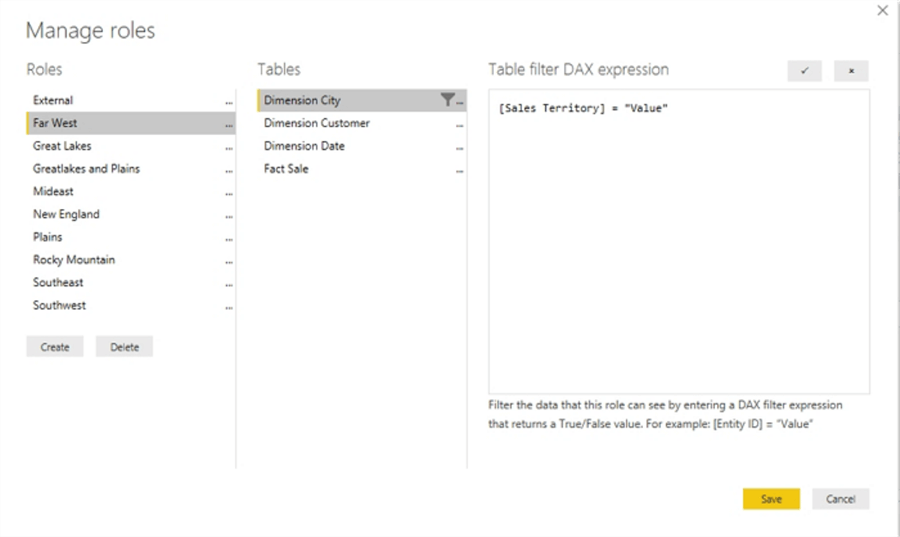


![Power BI Dax Filter [With 15+ Examples] - SPGuides Power Bi Dax Filter [With 15+ Examples] - Spguides](https://i0.wp.com/www.spguides.com/wp-content/uploads/2022/11/Power-BI-DAX-filter-values-1024x267.png)


![Power BI DAX Filter If [With Real Examples] - SPGuides Power Bi Dax Filter If [With Real Examples] - Spguides](https://i0.wp.com/www.spguides.com/wp-content/uploads/2022/11/Power-BI-DAX-if-statement-with-filter.png)

Article link: dax filter multiple conditions.
Learn more about the topic dax filter multiple conditions.
- DAX FILTER with multiple criteria – Microsoft Fabric Community
- Specifying multiple filter conditions in CALCULATE – SQLBI
- DAX FILTER function with multiple criteria – Stack Overflow
- Power BI DAX Filter If [With Real Examples] – SPGuides
- Specifying multiple filter conditions in CALCULATE – YouTube
- Filter with multiple conditions in a measure
- How to use FILTER in DAX the correct way
- FILTER Function in DAX and Power BI – RADACAD
- Everything About DAX Filter in Power BI: 3 Types With Useful …
See more: https://nhanvietluanvan.com/luat-hoc